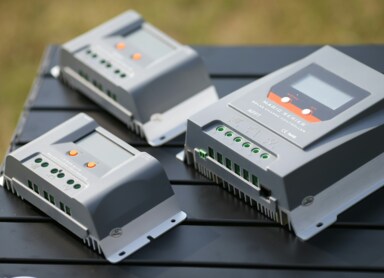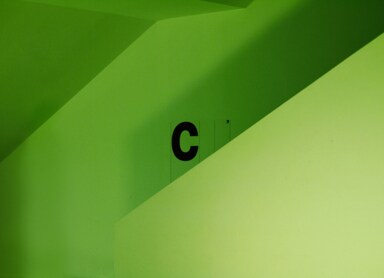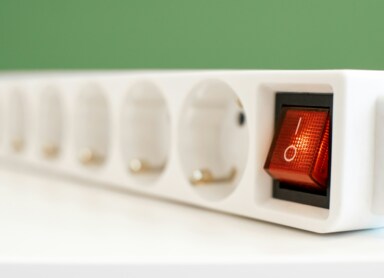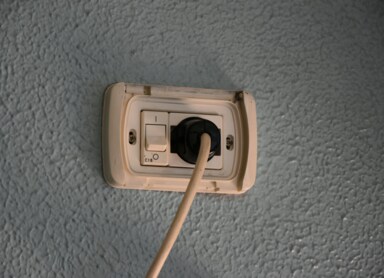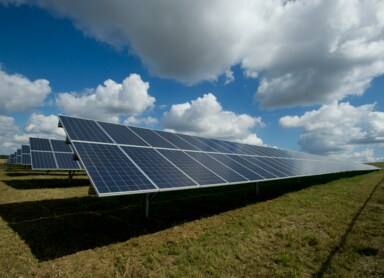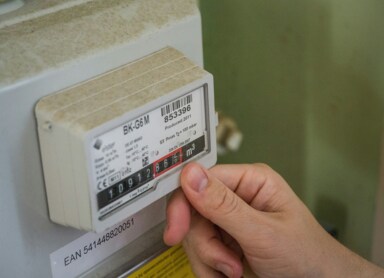Advantages and disadvantages of wind energy - a compendium of knowledge
Wind power plants are an increasingly common feature of our landscape. Not surprisingly, it is an economical and environmentally friendly way of generating electricity. However, it is worth considering the pros and cons of such a solution. Here is a compendium of all the pros and cons of wind energy.
Wind power plant - advantages and benefits for the environment and the economy
Wind farms, are one of the alternatives to fossil fuels, although they are not yet so popular at present. This solution is becoming increasingly important as many countries seek to significantly reduce or completely ban the use of non-renewable energy sources. Wind power plants benefit both local communities and the global economy.
The advantages of wind power plants can be divided into two types: environmental and economic. The former are well known, but are worth recalling:
- Reduction of greenhouse gas emissions - natural forces are used to produce energy.
- Lower external costs - compared to other energy sources, the infrastructure is much smaller and cheaper to operate.
- Ability to use land simultaneously to grow crops and produce wind energy.
- No environmental degradation1 - there is no so-called, mining damage, environmental pollution or negative impact on groundwater.
In contrast, the economic benefits of wind turbines are:
- Creation of new jobs- the construction and operation of such structures requires skilled workers.
- Revenue for the budgets of the municipalities where the power plants operate2. - This advantage of wind power plants consists in the transfer of significant amounts of money by the power plant operator in the form of taxes and other fees.
As can be seen, wind power plants not only generate free electricity, but also have a positive impact on the environment, the economy and local communities.
Disadvantages of wind power plants - challenges and technological limitations
Wind power plants, like other energy sources, have disadvantages in addition to their advantages. These are worth bearing in mind when you are considering investing in this type of renewable energy. These include both technological limitations and the challenges associated with the unpredictable nature of winds. Here are the most common ones3:
- Limited accessibility - windmill poles require specific conditions to produce electricity. They cannot be close to buildings, above ground cables.
- Dependence on weather conditions - the wind is unpredictable, one day it is strong and the next it is unable to move the turbine. Wind power plants depend on its gusts. Not every location allows for the production of electricity in this way.
- Impact on the landscape - tall windmill poles can disrupt the view, which does not appeal to many people who live near them.
- Excessive noise - although technologies are constantly being developed, it is still possible for working turbines to disturb the silence.
- Threats to local wildlife - there is a risk that birds may bump into working turbines, which can lead to a reduction in the population of some species.
These problems, sooner or later, will certainly be solved, whether by technological developments or legislation. For now, however, they are constraints that you must bear in mind when calculating the gains and losses associated with the construction and management of a wind turbine.
Analysis of the advantages and disadvantages of wind energy - prospects for development
Considering the above-mentioned advantages and disadvantages of wind power, it can be concluded that it is ultimately a viable technology. The benefits far outweigh any disadvantages and shortcomings. Most of these are due to the early stage of development of the technology. Benefits such as clean energy, the possibility of creating new jobs and supporting the local economy give hope for the rapid development of wind power plants.
When it comes to the future development of wind energy, the greatest hopes are for a significant decrease in the initial investment costs.4 For now, few companies can afford such an expense, without support from assistance programmes. However, as the popularity of wind power plants increases, the costs of building and maintaining the infrastructure will definitely decrease.
Another important aspect is the advances in energy storage technologies. Capacious lithium-ion batteries or alternative ways of storing the energy gained can ensure a stable supply of wind power in the future. Surpluses will be able to be used during windless periods. This will make wind power predictable and less dependent on the whims of the weather.
Wind power plants versus other energy sources - an economic and environmental comparison
If you look at the economic data and their analyses, you will notice an interesting trend.5 Although the initial construction costs of wind turbines may seem high, in the long run they are an extremely cost-effective investment. This is because wind turbines do not require expensive maintenance and are virtually maintenance-free. Unlike fossil fuel-based power plants, their operation is not dependent on fuel prices, transport or energy conversion. Therefore, in the long run, you not only have the chance of a return on your investment, but also high returns over a long period of time.
In terms of environmental impact, wind turbines are much friendlier than those using coal or gas. Wind turbines do not emit harmful substances. Their impact on the surrounding area is minimal and their daily operation does not disturb wildlife in any way. This cannot be said of traditional power plants, let alone mines or refineries. In these times of increasing environmental awareness and new and stricter regulations, wind power plants are an attractive alternative for investment and development.
Wind power development prospects - technological innovations and challenges
The development of wind energy can be ensured by innovative technical solutions. This is in particular about increasing efficiency and reducing energy production costs. This can be achieved, among other things, by designing and manufacturing modern turbines. These will be characterised by higher power output and more efficient control systems.
This will enable even small installations to produce more energy than before. Also, modern materials, lightweight but durable, are the future of wind energy. They will ensure that windmills and their key components last longer.
Issues such as grid integration and energy storage remain to be resolved. There has been a lot of talk recently about hybrid 6 power systems. In these, wind turbines are expected to work together with other sources of renewable energy. The future will tell which of these ideas will be realised.
Wind energy advantages and disadvantages. Summary
Wind power plants are one of the many alternatives for the use of RES in business operations. They can provide a source of free energy or additional income because they are sold. If you are interested in this topic, please visit: https://reo.pl/pl/kontakt. We would be happy to talk to you or meet with you. Find out more about how investing in RES can benefit you.
1. https://www.senat.gov.pl/gfx/senat/userfiles/_public/k8/senat/zespoly/energia/raport.pdf
2. https://www.cire.pl/pliki/2/sbdjenegetyka.pdf
3. https://www.ekoradcy.pl/blog/wady-i-zalety-odnawialnych-zrodel-energii
4. https://www.energetyka-rozproszona.pl/artykuly/energetyka-oparta-na-oze-wyzwania-i-perspektywy-w-nadchodzacych-latach/
5. https://www.eea.europa.eu/pl/sygna142y/sygnaly-2022/artykuly/przyszlosc-oparta-na-energii-odnawialnej
6. http://pe.org.pl/articles/2016/8/31.pdf

